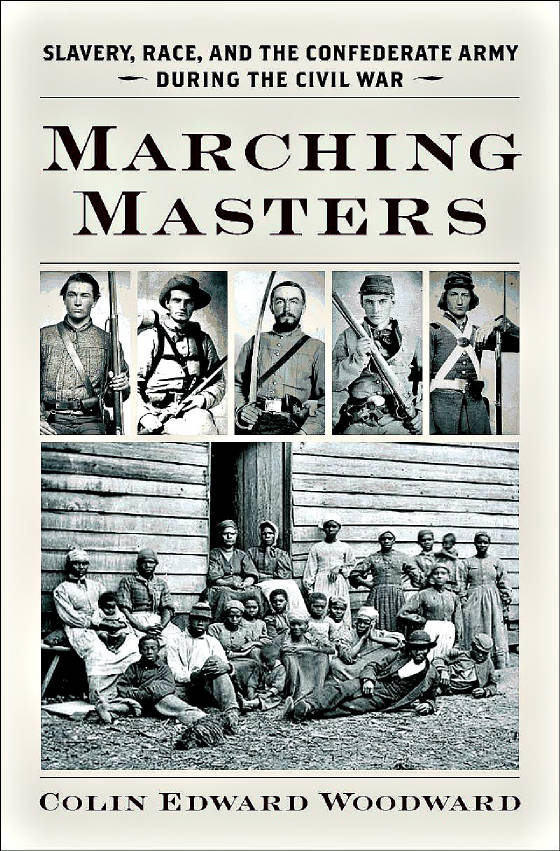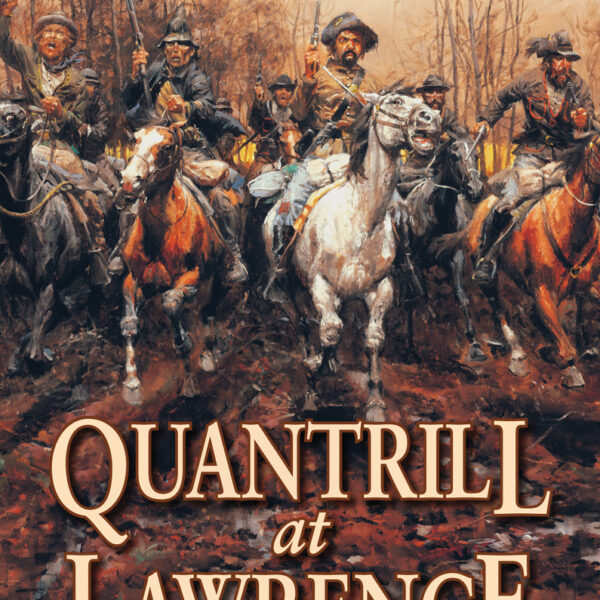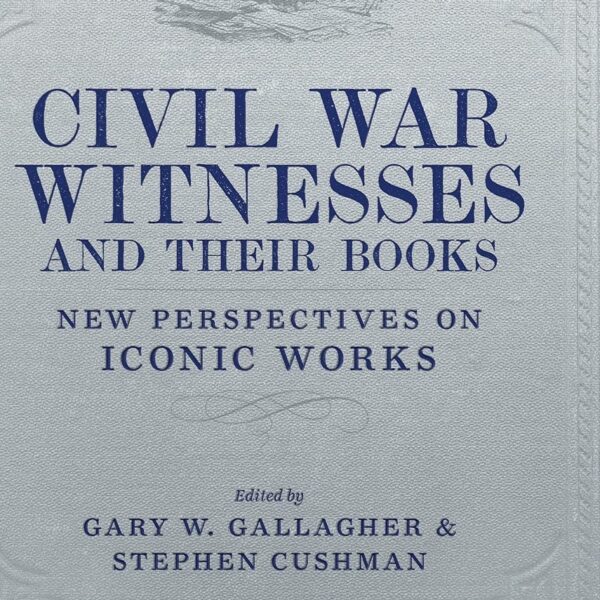Marching Masters: Slavery, Race, and the Confederate Army During the Civil War by Colin Edward Woodward. University of Virginia Press, 2014. Cloth, ISBN: 9780813935416. $39.50.
 The most controversial aspect of the continuing discussion of the motivations of Civil War soldiers — the so-called “what they fought for” question — remains the role that slavery played in convincing men to enlist and fight. Until Reid Mitchell’s path-breaking book Civil War Soldiers (1988), scholars generally downplayed the peculiar institution as a motivator for men on either side, preferring instead to highlight a host of personal, ideological, social, and cultural triggers. Many still do. Mitchell bucked that trend, however, asserting that some white supremacists at least fought to preserve slavery, while still more Confederates enlisted in part to forestall the social and economic havoc that emancipation would presumably unleash. Scholars such as Randall Jimerson, James McPherson and Chandra Manning followed up on Mitchell’s observations with increasingly strong assertions that the war really was about slavery and that Johnny Reb most assuredly sought to preserve it.
The most controversial aspect of the continuing discussion of the motivations of Civil War soldiers — the so-called “what they fought for” question — remains the role that slavery played in convincing men to enlist and fight. Until Reid Mitchell’s path-breaking book Civil War Soldiers (1988), scholars generally downplayed the peculiar institution as a motivator for men on either side, preferring instead to highlight a host of personal, ideological, social, and cultural triggers. Many still do. Mitchell bucked that trend, however, asserting that some white supremacists at least fought to preserve slavery, while still more Confederates enlisted in part to forestall the social and economic havoc that emancipation would presumably unleash. Scholars such as Randall Jimerson, James McPherson and Chandra Manning followed up on Mitchell’s observations with increasingly strong assertions that the war really was about slavery and that Johnny Reb most assuredly sought to preserve it.
Colin Edward Woodward emphatically agrees. With the briefest of nods to other motivators, Woodward unequivocally asserts in Marching Masters that not only were most Confederate soldiers fundamentally proslavery, but that slavery shaped every aspect of army life. In eight topical chapters, Woodward thoroughly delineates the multifaceted relationship between Johnny Reb and slavery. Although few read very deeply in proslavery ideology, Confederate soldiers had thoroughly absorbed the wider anti-abolition currents of antebellum Southern life. They feared abolitionists and slave rebellion, expressed eagerness to maintain white supremacy, and rallied to defend their slave society by enlisting and killing. The right to own slaves quickly became central to Confederate identity, and soldiers accordingly fought long and hard for their slave owning republic. Such widespread support meant that tensions over issues such as conscription and impressment, overplayed by many scholars in Woodward’s estimation, never really became serious enough to threaten the republic from within. In modern jargon, Woodward is an “externalist”; whites in a largely united Confederacy fought hard before they lost the war on the battlefield.
The armies in the field, meanwhile, found slave labor essential. If too briefly, Woodward describes the very real roles that slave laborers played in camp and field. He insightfully maintains as well that the army came to function as a sort of mobile plantation and massive slave patrol, a powerful mechanism of slave control in perilous times. The best way to keep slaves in check was for masters to take some of them to the front when they left home. The army’s willingness to use African-American labor, however, did not easily or widely translate into support for enlisting slaves to be soldiers. Dismissing the trendy, Internet-borne fantasy of willing “Black Confederates” and supportive white comrades joined in common brotherhood to stop Abraham Lincoln from creating a welfare state, Woodward echoes Bruce Levine’s Confederate Emancipation (2006). The Confederacy’s last-minute steps toward African-American enlistment were conservative, halting, divisive, and ultimately white supremacist. Divided over black soldiers in gray until the war’s end, Confederates expressed more agreement in their hatred of the Union’s African-American soldiers. Taking advantage of Richmond’s ambivalence toward the treatment of black prisoners, the author asserts that Confederates enthusiastically hoisted a de facto black flag in 1864 and launched a vicious race war within the larger conflict. That race war survived the Confederacy, and continued through Reconstruction as a struggle to keep whites in control of the South.
While bold in both conception and execution, Woodward does occasionally stretch the point, as when he suggests that most men willingly complied with the draft because avoiding army service would make them seem “like lowly ‘Negroes,’ men who had no sense of pride or duty” (45). In another passage, he takes seriously soldiers’ complaints that the army treated them like slaves, suggests that such grumblings were actually proslavery if read correctly, and then dismisses it all on the next page as hyperbole. The most notable caveat, however, involves methodology. To be sure, the bibliography demonstrates extensive primary source research, including material gleaned from several key archives. Comparable recent works in this genre, however, as Woodward acknowledges, are typically based on clearly defined samples, and more often than not draw exclusively from wartime accounts. Yet other than stating that he used “thousands of letters by hundreds of soldiers” (6), the reader never gets a sense of the book’s sample size, nor its makeup. A later passage strongly suggests that the sample is weighted toward officers, but again, that remains frustratingly unclear, as is the sample’s geographic breakdown and its proportion of 1861 enlistees to the whole. “Some” Confederates believe this and “many” assert that, but what those qualifiers mean remains unfortunately sketchy. Such vagueness seems unnecessary given the prevalence of recent models and, thesis aside, the book seems curiously old-fashioned in execution as a result. Scholars interested in “what they fought for” nonetheless must take Marching Masters into account when confronting that perennial question.
Kenneth W. Noe is Alumni Professor and Draughon Professor of Southern History at Auburn University. He is most recently the editor of The Yellowhammer War: The Civil War and Reconstruction in Alabama (2013).




